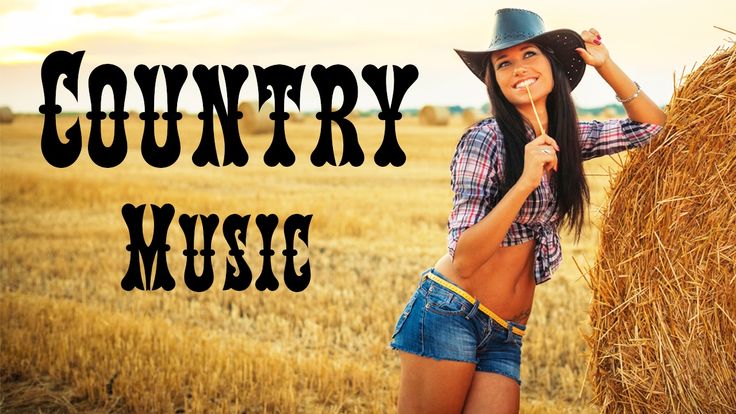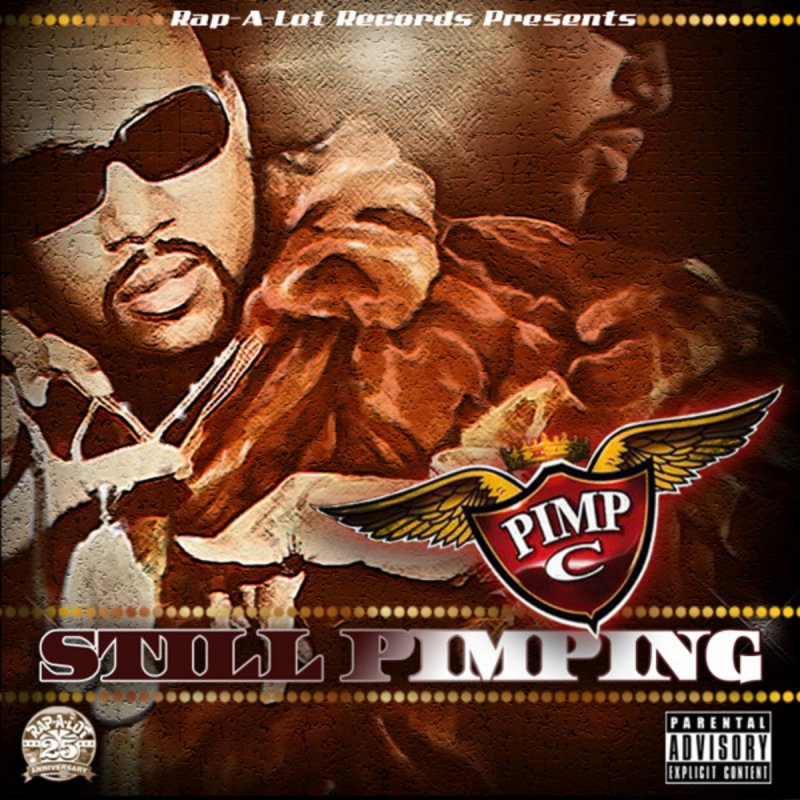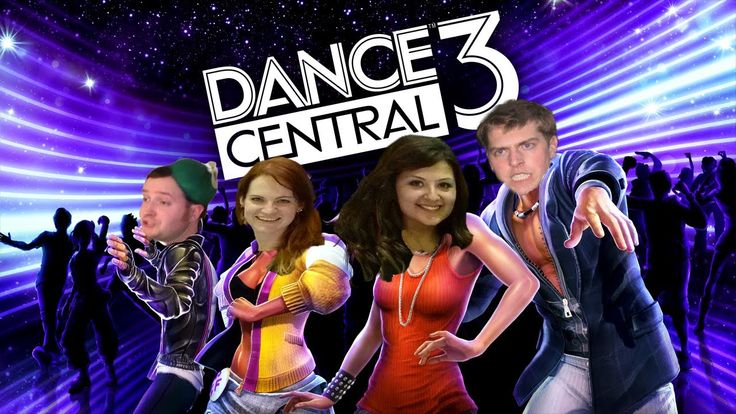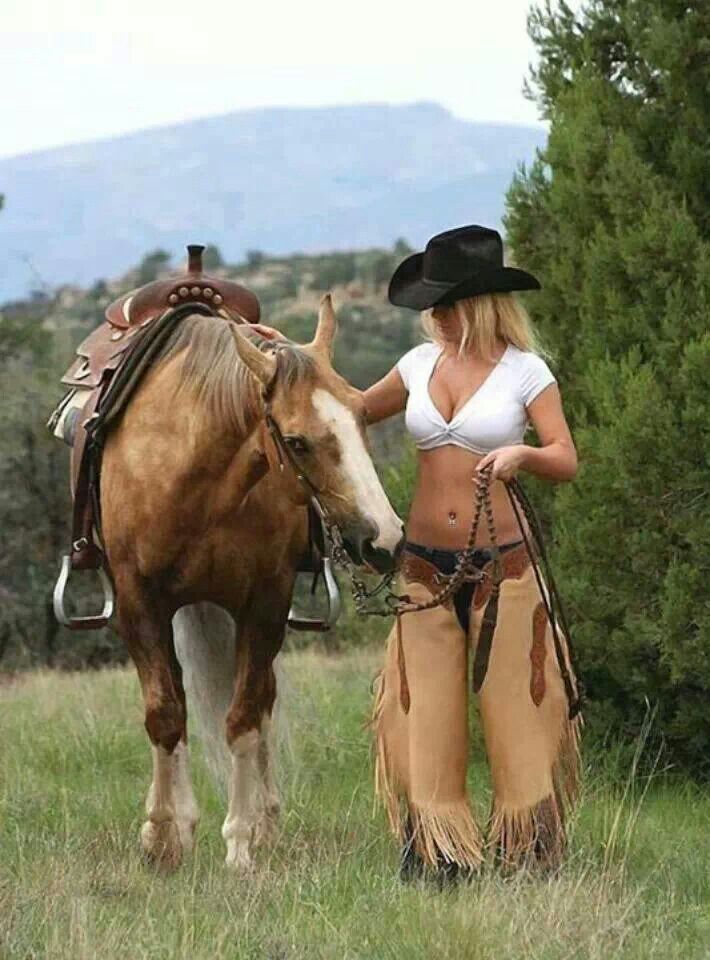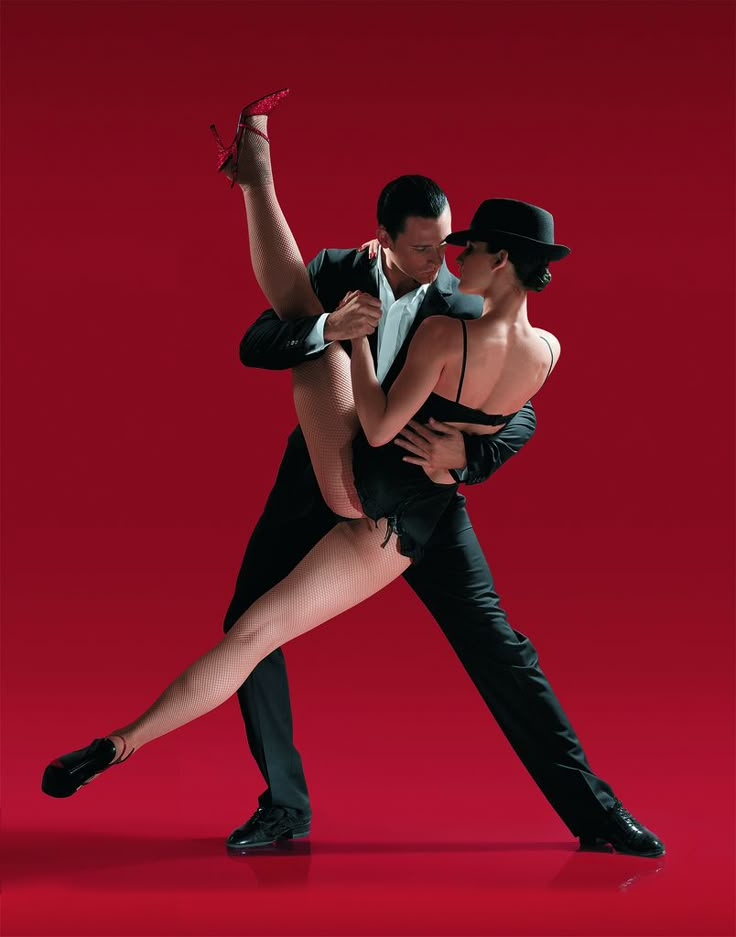How to dance batucada
Samba Batucada
Back to List of Advanced Latin Figures
Commence facing LOD in Open Position with L to R hand hold. This figure may commence on either foot.
| Man | Lead | Foot/Body Position | Turn/Alignment | Footwork | Count |
| 1 | Leading lady backward | LF in front of RF, Latin Cross | No turn, facing LOD | B(H) | 1 |
| 2 | Leading Lady to remain almost in place | Extend RF to side with split weight | No turn, facing LOD | i/e of T (RF), B (LF) | & |
| 3 | Leading lady to remain almost in place | Transfer full weight to LF | No turn, facing LOD | B | a |
| 4 | Leading Lady backward | RF in front of LF, Latin Cross | No turn, facing LOD | B(H) | 2 |
| 5 | Leading Lady to remain almost in place | Extend LF to side with split weight | No turn, facing LOD | i/e of T (RF), B (LF) | & |
| 6 | Leading Lady to remain almost in place | Transfer full weight to RF | No turn, facing LOD | B(H) | a |
| 7-12 | Repeat steps 1-6 | 1&a2&a |
Commence backing LOD in Open Position with L to R hand hold.
| Lady | Foot/Body Position | Turn/Alignment | Footwork | Count |
| 1 | RF back behind LF, Latin Cross | No turn, backing LOD | B | 1 |
| 2 | Replace weight forward to LF, Latin Cross | No turn, backing LOD | B | & |
| 3 | Replace weight back to RF, Latin Cross | No turn, backing LOD | B | a |
| 4 | LF back behind RF, Latin Cross | No turn, backing LOD | B | 2 |
| 5 | Replace weight forward to RF, Latin Cross | No turn, backing LOD | B | & |
| 6 | Replace weight back to LF, Latin Cross | No turn, backing LOD | B | a |
| 7-12 | Repeat steps 1-6 | 1&a2&a |
Notes
The Man may dance the Lady's steps of the Batucada in L Side, R Side, or Tandem Position without hold. Alternative alignments are possible when solo.
Alternative alignments are possible when solo.
Suggested Popular Combination
Precede to Open Position | Spot Volta |
Precede to other positions | Both Three Step Turn |
Follow from Open Position | Reverse Roll |
Follow from other positions | Both Three Step Turn |
Suggested Advanced Combination
Precede to Open Position | Developed Whisks |
Precede to other positions | Lady's Continuous Spin Foot Change |
Follow from Open Position | Checked Reverse Roll |
Follow from other positions | From step 4 of Delayed Reverse Volta Roll |
Back to List of Advanced Latin Figures
History of samba - Sambassadors
A história do samba
Perhaps one of the most popular music and dance styles ever to emerge from Brazil, samba evolved in Rio de Janeiro by the early 20th century and grew to become the quintessential music and dance form associated with Rio's carnaval. With its rich and syncopated rhythm and its often voluptuous dance moves, samba has circled the globe as one of the most infectious and popular styles from the South American continent.
With its rich and syncopated rhythm and its often voluptuous dance moves, samba has circled the globe as one of the most infectious and popular styles from the South American continent.
The word "samba" is thought to be derived from the Kimbundu (Angolan) term semba, which referred to an "invitation to dance" as well as a common appellation for the dance parties held by slaves and former slaves in the rural areas of Rio. These dances involved gyrating hip movements (called umbigada) and had roots going back to the colonial period in the Congolese and Angolan circle dances.
Over time samba gained important influences not only from Brazilian predecessors such as the maxixe and the marcha, but the Cuban habanera and German polka as well. As a song form, samba was extremely popular during the turn of the century, with some of the early recordings dating back to 1911. Among the early pioneers of the song form was Alfredo da Rocha Vianna Jr. , known as Pixinguinha, who helped to crystallize the form as well as develop a richer harmony. From the 1920s and into the height of the radio era of the '30s, sambas were slower and more romantic (such as those of Ismael Silva), leading to the subgenre known as samba-canção, which emphasized the melody over the rhythm, and lyrics that were more sentimental and often moody. Brazilian crooners and composers put samba on the international radar, and icons such as Carmen Miranda embraced the form, becoming a star in Brazil long before her move to the U.S. and Hollywood as a personification of Brazil's exuberant side.
, known as Pixinguinha, who helped to crystallize the form as well as develop a richer harmony. From the 1920s and into the height of the radio era of the '30s, sambas were slower and more romantic (such as those of Ismael Silva), leading to the subgenre known as samba-canção, which emphasized the melody over the rhythm, and lyrics that were more sentimental and often moody. Brazilian crooners and composers put samba on the international radar, and icons such as Carmen Miranda embraced the form, becoming a star in Brazil long before her move to the U.S. and Hollywood as a personification of Brazil's exuberant side.
By the 1950s, as samba-canção began to lose its momentum, a more percussive and funkier style of samba began to develop in the poor areas and shantytowns (known as favelas). At first called samba de morro because of its development in the morros (hills), the style came to be known as samba-de-batucada, and emphasized the polyrhythmic sounds of multiple percussion instruments. This powerful sounding form would in time become the heartbeat of Rio's carnaval, and the primary vehicles for the style were (and are) organized groups or contingents called escolas de samba (samba schools).
This powerful sounding form would in time become the heartbeat of Rio's carnaval, and the primary vehicles for the style were (and are) organized groups or contingents called escolas de samba (samba schools).
Dating back to the late 1920s, Rio's escolas emerged as fraternal groups devoted to playing and dancing for carnaval, and now represent some of the most important cultural institutions in the country. Brimming with hundreds of percussionists (collectively called the bateria), dancers, costume and float designers and choreographers, the escolas prepare virtually year-round for the annual carnival parade, and each group enters into competition with its theme samba called the enredo. Rio is not the only city in Brazil to offer Carnaval festivities; the former colonial capital of Salvador, Bahia is also home to one of the most exciting and perhaps more roots-oriented carnival traditions, in particular as the state of Bahia has retained much of its African heritage as the country's center for the Afro-Brazilian religion of candomblé.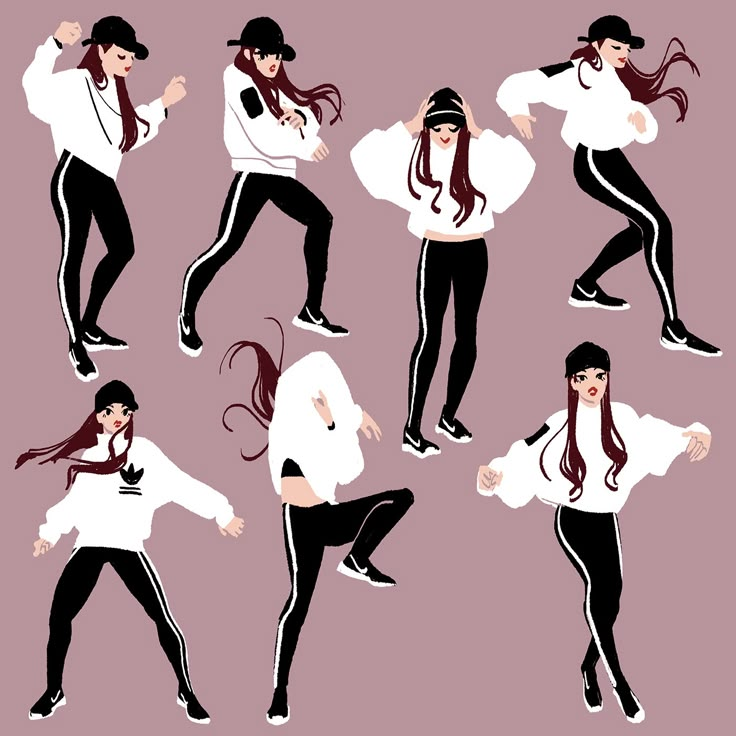
Another important development in the legacy of samba took place in the late 1950s which would spark the second international wave of popularity for Brazilian music: the development of bossa nova. Considered an adaptation of the previous samba- canção form, bossa nova emphasized the melodic and vocal aspects of samba in a slower, more romantic style fused with the richness of American jazz harmony. The result was a sound many music critics first panned for its "out-of-tune" qualities, but its popularity soared as pioneers such as Antonio Carlos Jobim and João Gilberto brought bossa nova to new heights. Films such as Black Orpheus (with a musical score of sambas and bossa novas composed by Jobim) wowed international audiences with the sounds of authentic Brazilian music.
By the 1970s, samba saw its rise within the era of MPB (música popular Brasileira) as artists such as Milton Nascimento, Djavan and Ivan Lins modernized the more dynamic batucada style with contemporary harmony and instrumentation, fusing samba with rock, jazz and other forms, and bringing the style into the mainstream. No longer would the sound of samba be limited to its role as the soundtrack for carnaval. Other subvarieties of samba began to emerge, including partido alto (a funk-inspired style) and pagode (a smaller group format associated with parties and informal gatherings). Samba was everywhere, and it seemed to be the measure of happiness for Brazilians of all races and social classes.
No longer would the sound of samba be limited to its role as the soundtrack for carnaval. Other subvarieties of samba began to emerge, including partido alto (a funk-inspired style) and pagode (a smaller group format associated with parties and informal gatherings). Samba was everywhere, and it seemed to be the measure of happiness for Brazilians of all races and social classes.
While much of samba's history is centered in Rio de Janeiro, a new development of the genre began to emerge in the eastern state of Bahia in the 1980s, as artists in Salvador created a new percussive style that was a bit slower and more driving, with lyrics that reflected the ideology of Brazil's African Diaspora. The group Olodum pioneered by the bloco Afro style, which adapted some of the batucada elements of Rio's samba and focused on a more hypnotic, drum-infused sound. Olodum's lyrics spoke of black culture and pride, and gave Bahian youth an outlet for their frustrations through the formation of a strong community organization dedicated to providing education and opportunity. With much of Brazil's black youth on the fringe of society, blocos such as Olodum provided much needed cultural and political refuge, and also happened to produce one of Brazil's most exciting new samba offshoots. In time, the bloco-Afro sound would fuse with Jamaican reggae and be known as samba-reggae, resulting in one of the most popular incarnations of samba into the 21st century.
With much of Brazil's black youth on the fringe of society, blocos such as Olodum provided much needed cultural and political refuge, and also happened to produce one of Brazil's most exciting new samba offshoots. In time, the bloco-Afro sound would fuse with Jamaican reggae and be known as samba-reggae, resulting in one of the most popular incarnations of samba into the 21st century.
Source: National Geographic
Samba (Latin American Dance Program)
Samba Basics
Samba Score 1 a and a 2 (whole, three quarters, quarter whole) . For each count, there is an action of the foot or knee. -Rhythm of samba tou tou Tum - sharp.
Bounce action - occurs with the use of the legs, the center, the lower and middle parts of the back, in the upper back there is compensation + the use of the abdominal muscles to create a boundary of action. Foot - soft penetrating and pushing action.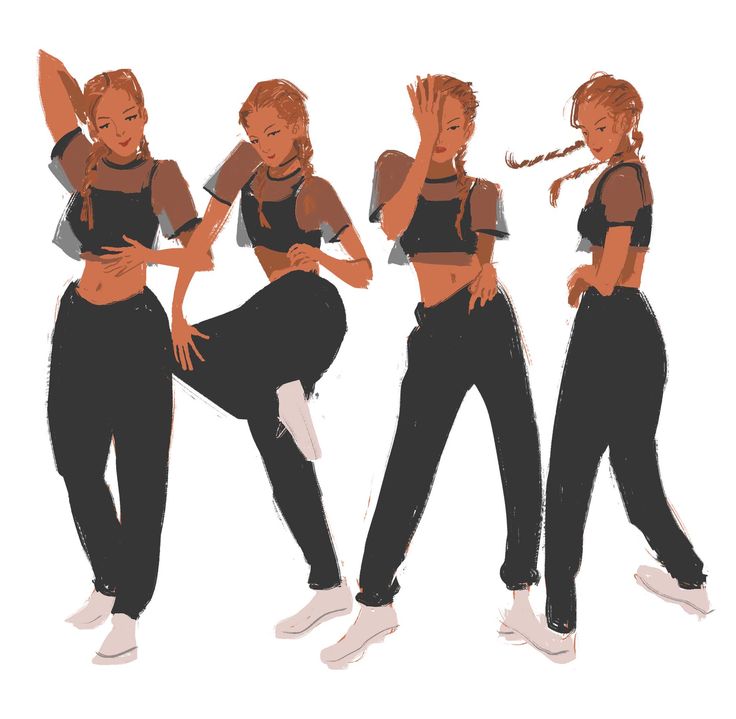 nine0005 - Position in a pair: keep the shape and volume - raise your elbows, do not press your hands to the body.
nine0005 - Position in a pair: keep the shape and volume - raise your elbows, do not press your hands to the body.
- Fast weight transfer.
The varied rhythmic pattern of samba steps requires separate consideration. The score in the measure of samba is 1i - 2i. Thus, for one measure of music, either two slow steps, or two fast and one slow, or four fast steps can be performed. When performing dance figures that use samba bounce (spring action), a numerical method of counting is adopted. In figures where there is no samba-bounce, the rhythm of fast or slow steps is indicated as "fast" (B) or "slow" (M). Samba steps performed on the count of 1 and 2 involve dividing the two beats of the measure into 3/4 beat (1), 1/4 beat (a) and a whole beat (2). nine0013
A characteristic feature of samba is a springy movement or samba bounce (vertical rise and fall) performed by bending and straightening the knee and ankle of the skating leg. Straightening of the knees should be incomplete and performed without tension. Each rise and fall takes 1/2 beat of a measure of music; for the convenience of learning, an account is adopted. Starting from a bent knee position, the bounce rhythm will be: both 1 and 2, etc. When connecting the rhythm of the bounce with the rhythm of the steps, we get a new rhythm: and 1 and a 2 and so on. nine0013
Each rise and fall takes 1/2 beat of a measure of music; for the convenience of learning, an account is adopted. Starting from a bent knee position, the bounce rhythm will be: both 1 and 2, etc. When connecting the rhythm of the bounce with the rhythm of the steps, we get a new rhythm: and 1 and a 2 and so on. nine0013
The basis of samba is the sixth position of the legs, which is the starting position for almost all dance figures.
Steps forward are performed from the ball of the foot to the entire foot. Sometimes a step also begins with a heel, then this is separately specified in the description of the figure. Steps back are performed from the toe to the pad and then to the entire foot. Steps to the side are also done from the pads to the entire foot. Throughout the dance, the knees are slightly relaxed, the hips moving more forward and backward, and not side to side, as in cha-cha-cha or rumba. The movements of the hip joint should be soft and well controlled. When stepping forward, the body deviates slightly back, and when stepping back, it leans slightly forward, while the head is, as it were, the base of the pendulum. In samba movements, steps are used with incomplete transfer of body weight: the dancer transfers only part of his body to the supporting leg. A “false prefix” is also performed, when the performer, bringing the free leg to the supporting leg, does not step onto the free leg, but starts the next step from it. Leading the partner is carried out by the partner not only with the right hand, but also with the left, so the partner must keep both hands in tension in order to be ready for a change of direction. The orientation of the position of the couple relative to the hall is important, since samba refers to progressive or dynamic dances, the figures of which are performed with significant advancement. In the description of the figures (in pairs) the direction will be given for the partner. nine0013
In samba movements, steps are used with incomplete transfer of body weight: the dancer transfers only part of his body to the supporting leg. A “false prefix” is also performed, when the performer, bringing the free leg to the supporting leg, does not step onto the free leg, but starts the next step from it. Leading the partner is carried out by the partner not only with the right hand, but also with the left, so the partner must keep both hands in tension in order to be ready for a change of direction. The orientation of the position of the couple relative to the hall is important, since samba refers to progressive or dynamic dances, the figures of which are performed with significant advancement. In the description of the figures (in pairs) the direction will be given for the partner. nine0013
Backstroke: 3 stages - leg in front with a natural turn of the toe, bending the leg at the knee and building a straight perpendicular line from the toe to the knee, slight tilt of the body forward, bringing the leg back to collect the knees, pushing out from the supporting leg.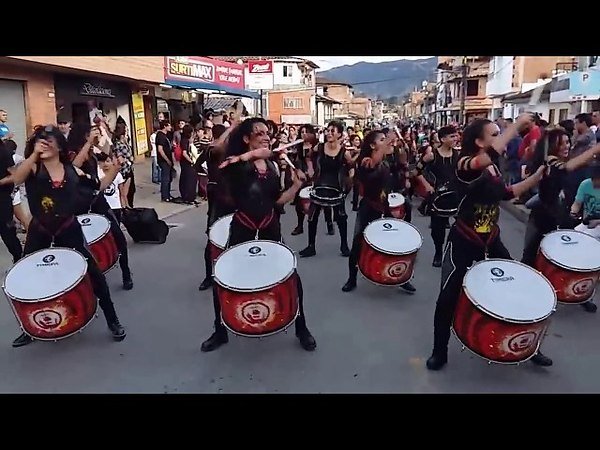 Emphasis on the knee - tends forward and is fixed for a moment. Knee work, repulsion, attack.
Emphasis on the knee - tends forward and is fixed for a moment. Knee work, repulsion, attack.
How to be a real Carioca. Lesson 11: Carnival.
It's carnival time - the biggest, craziest and (worldwide) famous party - and everyone in Rio starts dancing to the sound of the samba. And although the carnival is in February, carioca already from the New Year begins to feel the need for samba. nine0013
Tapping on everything you can reach - tables, pans, matchboxes, bottles, glasses, and even yourself - carioca creates an ongoing, hypnotic rhythm - batucada (batucada - bah chew'kah dah). You will see and hear how, quite suddenly, a batucada appears on a bus, on the street, on the beach, but most of all in a boteco (boteco) - a small eatery where beer or shopp (different from beer in a lower degree) is constantly poured, supporting the life of samba.
HOW TO DANCE SAMBA:
A real carioca is born with this in the blood and intuitively knows how to dance the samba - sombar (sombar - some'bah). If you heard the samba or the sounds of the batukada, your legs ask to dance on their own, and you don’t know how, then don’t worry. Pretty easy to learn. It's just a certain way to move: count to the beat: "one-two-three-four." And while you raise your right hand, step forward with your right or left foot (as you like). Now step to your left foot. Then with the left foot - step to the left, the right hand is raised up, while the right foot goes back, as if following the movement of the hand. Still keeping the rhythm? Okay. And now complete the cycle of movements: the left foot goes back to the right, and a step forward to the right, and by that moment a new percussion rhythm is already in time. nine0033
If you heard the samba or the sounds of the batukada, your legs ask to dance on their own, and you don’t know how, then don’t worry. Pretty easy to learn. It's just a certain way to move: count to the beat: "one-two-three-four." And while you raise your right hand, step forward with your right or left foot (as you like). Now step to your left foot. Then with the left foot - step to the left, the right hand is raised up, while the right foot goes back, as if following the movement of the hand. Still keeping the rhythm? Okay. And now complete the cycle of movements: the left foot goes back to the right, and a step forward to the right, and by that moment a new percussion rhythm is already in time. nine0033
It's easy! Don't forget to move your hips! So, you have become familiar with the basic movement of samba, now, most likely, you will want to dance for real.
Samba is a very energetic dance with a rhythm that makes the dancers shout with joy. Therefore, during the whole dance, one must say the following out loud, showing one's joy and pleasure:0033 NOTE: these words have absolutely no meaning, but they create that magical sense of rhythm.
WHAT TO WEAR:
Anything or maximum openness - that's what decent to wear at the carnival. If you are one of those who dreamed of hitting everyone with heels and lace, then carnival is your finest hour! Any costumes created by your imagination are welcome. Carioca girls prefer doll dresses and garters. Don't ask why. So boys and girls, just dig through your lingerie drawer and you're sure to fit into the carnival. nine0013
WHERE TO DANCE SAMBA:
Anywhere, if you have heard the batukada.
WEEKEND:
Carioca love carnival, also because it is a real holiday. The official days off are Carnival Tuesday and Ash Wednesday until noon, after which all institutions should work as usual. Forget about it! Carioca begins to celebrate already a month before the start, and the carnival itself is used as an opportunity to go somewhere. The exodus of carioca from the city will start on Thursday evening to avoid Friday evening traffic. Nobody REALLY expects you to show up at the office on Ash Wednesday afternoon, Thursday, and also the Friday after carnival, NOTHING happens.


-Step-17.jpg/aid1640374-v4-728px-Shuffle-(Dance-Move)-Step-17.jpg)
